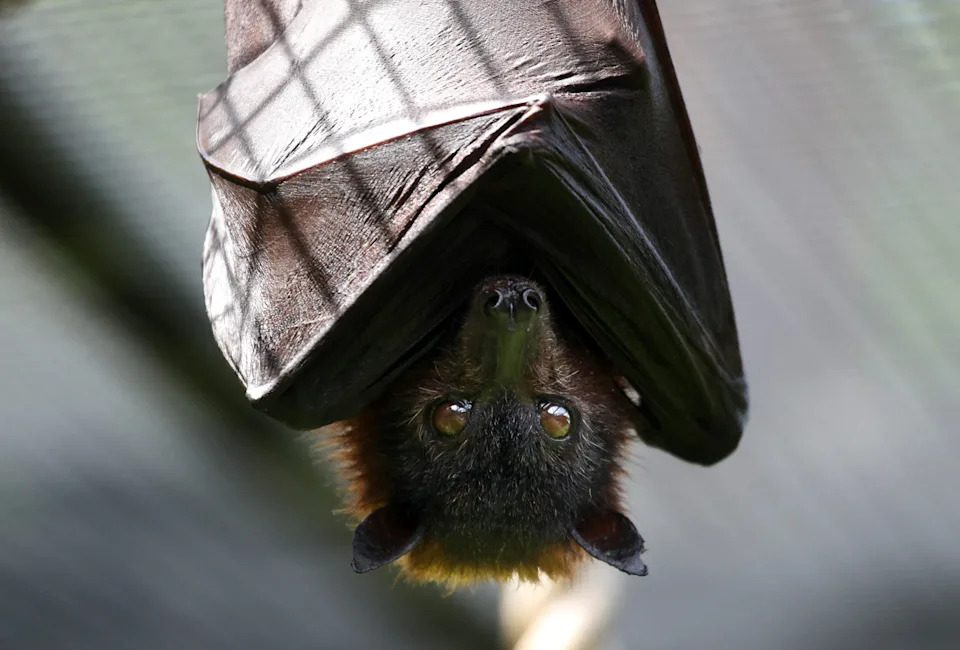FRIDAY HARBOR, Wash. – Officials with the U.s. Geological Survey (USGS) are raising the alarm after a shocking discovery inside a Washington state national park on Tuesday.
Lab tests conducted by the USGS detected the presence of a fungus that causes what is known as White-Nose Syndrome (WNS) in three bats at San Juan Island National Park.
WNS is a fungal disease that can kill hibernating bats, according to the National Park Service. The fungus named Pseudogymnoascus destructans (Pd) likely originated in Asia or Europe, with the first positive case detected in Washington back in 2016.
Most notably, this disease has been responsible for killing millions of bats across the country since it was first observed in the U.S. in New York in 2006.
Since then, the disease has spread through most U.S. states and Canadian provinces. Luckily, the disease doesn’t cause any harm to humans, but it can still spread.
To help protect bats, park biologists suggest reporting any dead or injured bats you may find to park personnel.
Watch: Hundreds Of Glowing Gator Eyes Leer At Scientists In Georgia Swamp
“Never touch or pick up a bat,” the NPS said in a statement. “Although WNS does not cause illness in humans, a small percentage of bats can be infected with other dangerous diseases, such as rabies.”

OAKLAND, CALIFORNIA – APRIL 16: A fruit bat hangs from a rope during a behind the scenes interactive live stream from the Oakland Zoo on April 16, 2020 in Oakland, California. (Photo by Justin Sullivan/Getty Images)
This is especially important because the park is home to 10 out of 14 known species in the state of Washington. A Pd infection would raise concerns as bats play a vital role in a healthy ecosystem.
For extra precaution, be sure to decontaminate gear and clothing worn after visiting a cave or bat habitat to reduce the chances of spreading the Pd fungus.
Original article source: Deadly disease found in bats at Washington’s San Juan National Park

